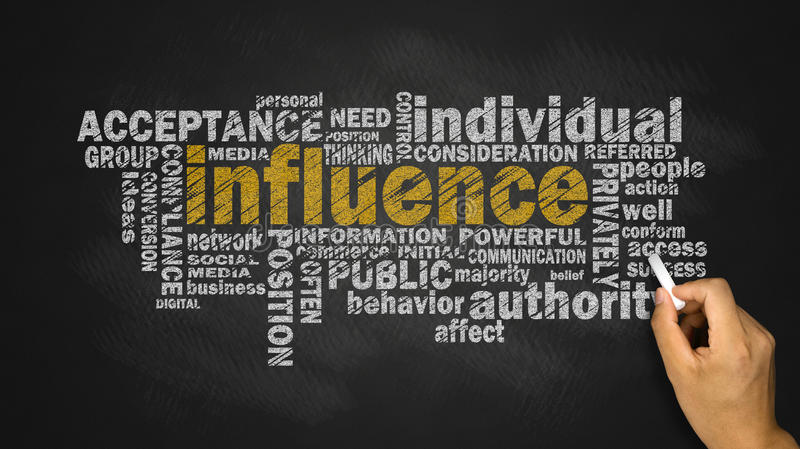Lost in Translation? AI-Powered Tools for Accurate Multilingual Communication
In an increasingly interconnected global landscape, the power of language cannot be underestimated. Whether it’s sealing international business deals, sharing cultural insights, or fostering cross-border collaborations, effective communication forms the bedrock of progress. With the advent of artificial intelligence (AI), the once-daunting challenge of multilingual communication has been met with innovative solutions. AI-powered translation tools have promised to break down language barriers and enable seamless interactions across diverse linguistic landscapes. However, as we explore the realm of AI in language translation, it becomes evident that while these tools are game-changers, the intricate nuances, cultural sensitivities, and contextual understanding that human translators bring to the table remain unparalleled.

The AI Revolution in Language Translation
The evolution of AI-driven language translation is nothing short of revolutionary. What was once a laborious and time-consuming process has been accelerated to lightning speed. Neural machine translation models, fueled by immense datasets and intricate algorithms, now generate translations that are often impressively coherent and grammatically accurate. This transformation has paved the way for businesses to expand internationally, educational resources to reach global audiences, and individuals to communicate effortlessly regardless of language barriers.

AI Tools: A Panacea for Multilingual Communication?
The promise of AI-powered translation tools is enticing. Instant translations at the click of a button, real-time communication across languages, and accessibility to information regardless of linguistic background—all seem to herald a future of boundless intercultural exchange. These tools leverage machine learning algorithms, analyzing vast amounts of multilingual text to decipher patterns, linguistic structures, and contextual cues. In many situations, they offer speedy and efficient translations that serve immediate functional purposes.
The Nuances Beyond Words
However, the complexity of language is not confined to grammar and syntax. Words carry cultural connotations, historical references, and emotional nuances that are often buried beneath the surface. This is where the gap between AI-driven tools and human translators becomes most apparent. Language is a living tapestry woven from the threads of culture, history, and human experience. While AI tools can decode words, they struggle to capture the layers of meaning that lie beneath.

Consider a colloquial phrase that holds cultural significance. An AI tool might translate it literally, missing the underlying message and cultural context. A human translator, equipped with an understanding of cultural idioms, would ensure that the translation resonates with the intended meaning.
Cultural Sensitivities: The Human Element
Cultural sensitivity is a cornerstone of effective communication. AI, without the capacity for empathy or a deep grasp of cultural subtleties, can inadvertently lead to misinterpretations or even offense. Language is intertwined with cultural norms, taboos, and historical references that shape its meaning. Human translators possess the ability to navigate these complex terrains, ensuring that translations are respectful and culturally appropriate.
The Contextual Conundrum
Context is another dimension where human translators shine. Sentences often derive their meanings from the sentences that surround them. Contextual understanding enables human translators to accurately interpret idiomatic expressions, slang, and even humor. AI, while powerful, lacks the intuitive understanding of context that comes naturally to humans. This becomes particularly significant when translating ambiguous sentences or capturing the nuances of humor that vary across cultures.
Beyond Words: Emotional Resonance
Effective communication goes beyond mere words—it involves conveying emotions, intentions, and connections. The emotional resonance embedded in language is a facet that AI tools struggle to replicate. Consider a heartfelt message of appreciation; while AI might accurately translate the words, it might not capture the warmth and depth of the sentiment. Human translators, attuned to emotional nuances, ensure that the essence of the message is preserved.
The Limitations of Technical and Creative Adaptation
AI-driven translation tools face challenges when dealing with technical jargon or creative content. Technical terminology demands precision, and human translators with domain expertise ensure that complex concepts are accurately conveyed. Creative content, on the other hand, relies on the translator’s ability to adapt wordplay, metaphors, and cultural references for maximum impact. The ingenuity required for such adaptations is an area where human translators excel.
The Uniqueness of the Human Touch
As the debate between AI tools and human translators continues, it’s essential to recognize that their roles are not mutually exclusive. AI-driven tools undoubtedly provide unprecedented efficiency and accessibility, making translations quicker and more accessible than ever. However, the finesse and depth that human translators bring to the table are irreplaceable.

The human touch transcends words—it’s the ability to grasp cultural contexts, convey emotions, and adapt to the intangible aspects of communication. Human translators are cultural ambassadors, ensuring that communication goes beyond the exchange of words to foster genuine understanding.
Conclusion: A Harmonious Coexistence
The future of multilingual communication undoubtedly rests on the shoulders of AI-powered translation tools. They offer speed, convenience, and a practical solution to bridging language divides. However, as we march into this future, let us not lose sight of the fact that language is a vessel of human expression, culture, and emotion.
Human translators, with their ability to navigate the intricate terrain of context, cultural understanding, and emotional resonance, remain a cornerstone of effective communication. A harmonious coexistence between AI tools and human translators is the path forward—a collaboration that harnesses the strengths of both to create a world where language is not a barrier but a bridge that unites us all.
Speakthylanguage is a language service provider working for more than 2 decades & offers professional translation services in 80 languages. Whether you need to translate a document, website, or video, Speakthylanguage has the expertise and resources to help you communicate effectively with your global audience.
In addition to translation services, Speakthylanguage also specializes in creating and managing multilingual websites. By translating your website content into multiple languages, you can reach customers from all over the world and provide them with a seamless online experience.
At Speakthylanguage, we are committed to delivering high-quality translations that are accurate, culturally appropriate, and tailored to your specific needs. Contact us today to learn more about our services and how we can assist you with your language needs.
Email us at: info@speakthylanguage.com





